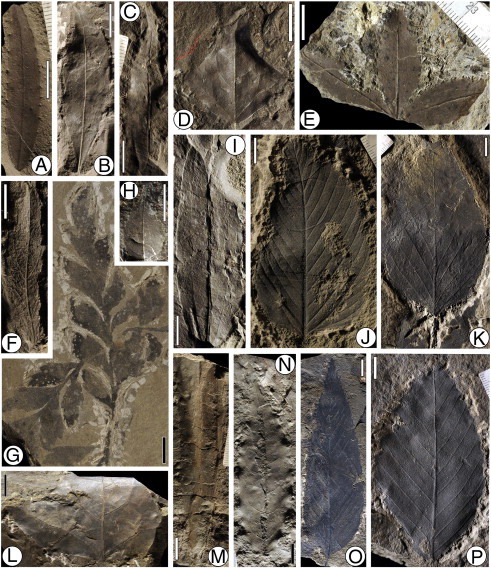The middle Eocene palaeoclimate of King George Island has been reconstructed at several locations based either on wood or leaf fossils indicating a warm temperate climate with high precipitation. In this ‘greenhouse world’, climatic conditions at high latitudes were markedly warmer than they are today and point to distinctive climatic heat transfer mechanisms compared to today and is suggestive of a weak meridional gradient. Climatic models mostly fail to reconstruct such a low gradient, demonstrating the poor understanding of the mechanisms involved in heat transfer. Dr. Frédéric Jacques of the Xishuangbanna Tropical Botanical Garden (XTBG) and his colleagues described a new phenomenon that shaped the southern high latitude climate during the early–middle Eocene: the Antarctic summer monsoon. The study entitled “An early–middle Eocene Antarctic summer monsoon: Evidence of ‘fossil climates’” has been published in Gondwana Research. In the study, the researchers aimed: to develop a new method to reconstruct the seasonality in precipitation; to reconstruct the palaeoclimate of the Fossil Hill flora; and to describe possible climatic mechanisms at high latitudes during a ‘greenhouse Earth’ regime. The plant fossils studied were collected from the Fossil Hill Formation of Fossil Hill (62°12′S, 58°57′W), the Fildes Peninsula, southernmost part of King George Island, during two Chinese expeditions to Antarctica. To characterise better seasonality of precipitation, they established a new CLAMP (Climate Leaf Analysis Multivariate Program) calibration by including new climatic parameters: the summer daily rate of precipitation and the summer ratio of precipitation to that of the whole year. Their reconstruction indicated that the Eocene climate of the King George Island, Antarctica, was warm and humid. At the present day, there is no such climate at high latitudes; therefore, the researchers interpreted it as representing a ‘fossil climate’. The Eocene climate of Antarctica was characterized by a monsoon regime. Their study, together with those of other possible fossil climates will help to understand better ‘greenhouse Earth’ climate regimes.  Selected morphotypes of the Fossil Hill flora. |

